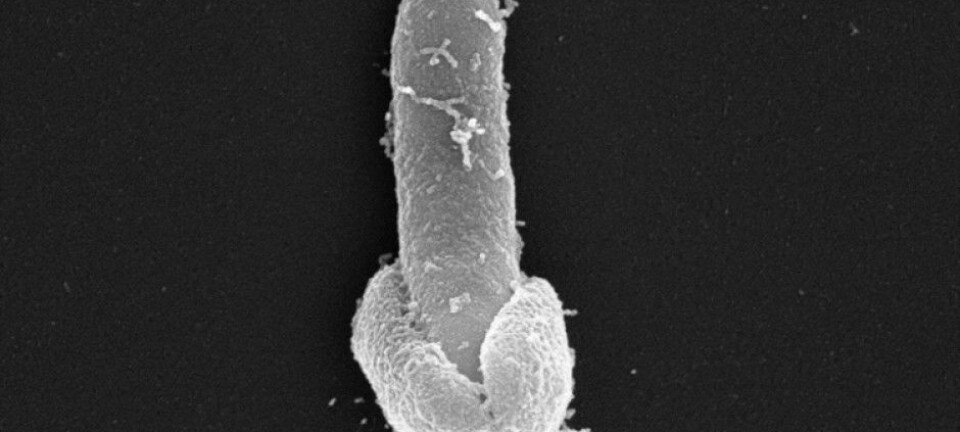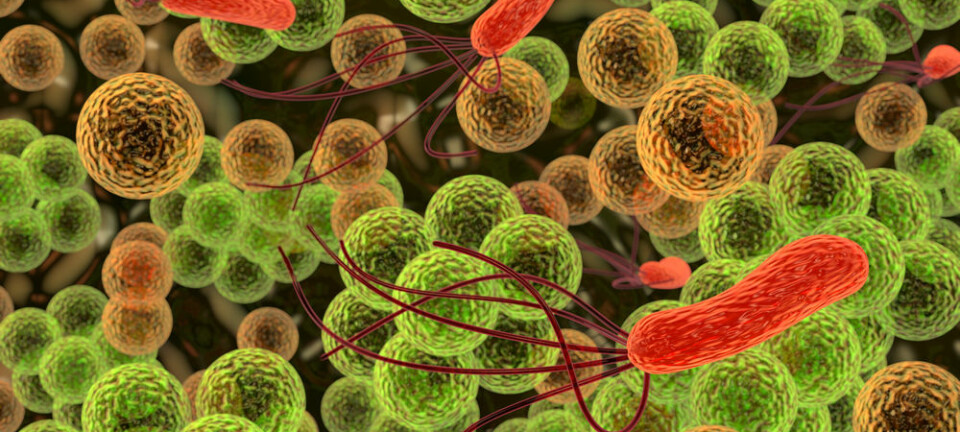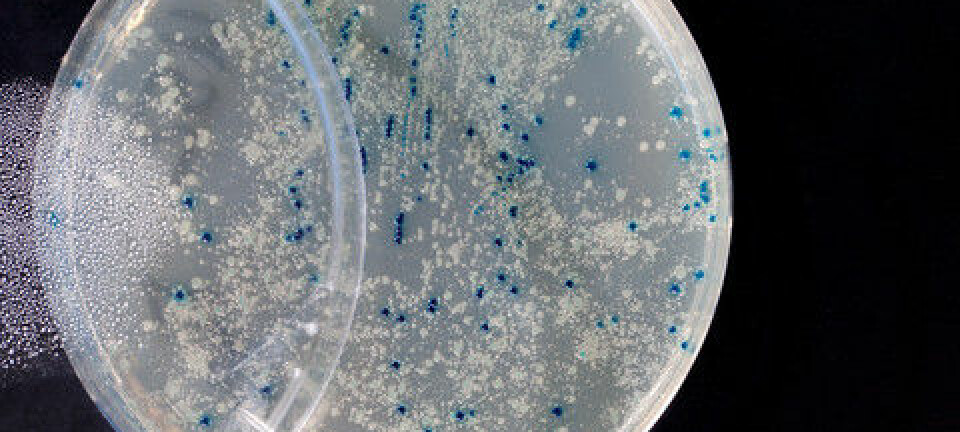An article from University of Southern Denmark

Lumpy bacteria cause life-threatening infections
New bacteria growing method reveals how bacteria conceal themselves, avoiding both white blood cells and antibiotics.
A petri dish is a scientist’s best friend when it comes to studying how bacteria behave under optimum growth conditions -- but when scientists want to study the microscopic organisms in real life it takes something else.
That something else is what Thomas Emil Andersen, post-doc at the Institute of Clinical Research at the University of Southern Denmark, has spent the past couple of years developing together with his colleague and now they have arrived at brand new method of simulating the conditions of bacteria and cells in the body in what is known as a flow chamber system.
Inside the system, the bacteria are subjected to a constant flow -- just as they would be inside the body’s bloodstream or urine -- and this enables scientists to see what happens to the bacteria over time.
Experiments on cancer cells
The method has brought the scientists closer to an explanation of why so many women suffer from recurrent bladder infections and how staphylococci spread from a catheter to the bloodstream.
"Blood poisoning and secondary infections from catheters kill hundreds of thousands of people every year,” says Andersen. “With our flow system we've seen how the bacteria come together and are released into the bloodstream in lumps which are resistant to antibiotics as well as the body's immune system.”
With the new method it’s now possible to grow bacteria on human cells and even in catheters like those used in hospitals.
The experiments are being conducted on cancer cells, which react simlarly to bacterial infections but are more robust and can divide more often than regular cells.
"When we inoculate bacteria onto a layer of epithelial cells and expose them to the same hydrodynamic conditions as in the human body, we simulate the infection as it unfolds in the real world,” says Andersen. “The method has enabled us to expose the tricks bacteria get up to in order to avoid the body's immune system and antibiotic treatments, and we can now explain why certain infections are more difficult to combat than others.”
--------------
Read the original story in Danish on Videnskab.dk
Translated by: Hugh Matthews










